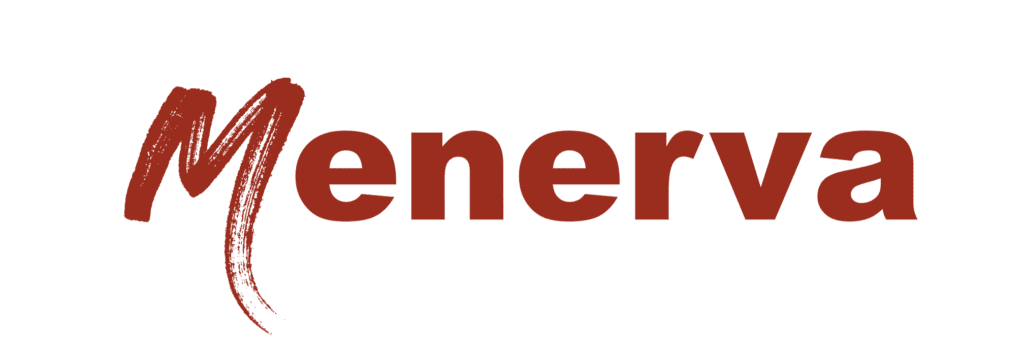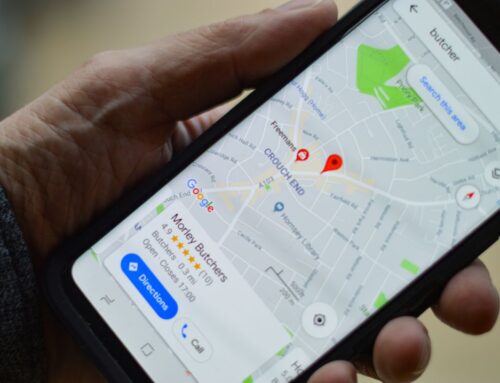Bounce rate is a metric in web analytics that calculates the percentage of visitors who arrive at a webpage and leave without any further interaction. Grasping the concept of bounce rate is vital for website owners, marketers, and businesses aiming to enhance their online presence. Let’s dive in to explore the definition, factors influencing bounce rate, and actionable tips to improve it.
Definition of Bounce Rate
To put it simply, bounce rate is the percentage of single-page sessions on your website. When visitors “bounce,” they enter your site but leave without clicking on other pages, filling out forms, or taking further action.
For example:
- A visitor lands on your homepage, reads the content, and exits without navigating to another page. That’s a bounce.
- Another visitor clicks on your blog post link, reads the article, and leaves without exploring further. That’s also considered a bounce.
Bounce rate is presented as a percentage and is accessible in analytics tools like Google Analytics. You can find this metric under the “Audience Overview” or “Behavior” sections, which helps you understand how many visitors leave your site after viewing only one page without any further interactions.

How is Bounce Rate Calculated?
The formula for bounce rate is:
Bounce Rate=(Single-Page SessionsTotal Sessions)×100\text{Bounce Rate} = \left( \frac{\text{Single-Page Sessions}}{\text{Total Sessions}} \right) \times 100Bounce Rate=(Total SessionsSingle-Page Sessions)×100
For example:
- If 500 people visit your site and 200 of them bounce, your bounce rate would be: (200/500)×100=40%(200 / 500) \times 100 = 40\%(200/500)×100=40%
What is a Good Bounce Rate?
Bounce rate benchmarks vary based on industry, website type, and user intent. Here’s a general guideline:
- Content-heavy sites (e.g., blogs): 60–80%
- eCommerce sites: 20–40%
- Landing pages (with forms): 50–70%
- Service websites: 30–50%
A “good” bounce rate depends on your goals. For example:
- A high bounce rate on a blog might indicate that users found the answer they were looking for and left satisfied.
- A high bounce rate on a product page could indicate issues with content quality, unclear messaging, or slow loading speeds.
Factors That Influence Bounce Rate
- Page Load Time: Visitors have little patience for slow websites. Studies show that 53% of users abandon a site if it takes longer than three seconds to load. https://www.thinkwithgoogle.com/consumer-insights/consumer-trends/mobile-site-load-time-statistics/
- Content Relevance: If your content doesn’t match the user’s intent or expectations, they’re likely to leave immediately. This situation often happens when misleading headlines or irrelevant keywords bring users to your page.
- User Experience (UX): Poor navigation, intrusive pop-ups, and excessive ads can frustrate visitors, increasing bounce rates.
- Mobile Optimization: With mobile traffic dominating, a site that isn’t mobile-friendly will struggle to retain users. It’s important to note that Google prioritizes mobile versions of websites for indexing and ranking, emphasizing the need for mobile optimization.
- Technical Errors: Broken links, 404 pages, or other technical issues can lead to higher bounce rates.
- Audience Targeting: Visitors are unlikely to engage further if you’re attracting the wrong audience through poorly targeted ads or irrelevant keywords.
Why Does Bounce Rate Matter?
A high bounce rate isn’t always alarming but can signal underlying problems that need attention. One reason it matters is user engagement; a low bounce rate often correlates with higher engagement, suggesting that visitors find your content valuable and are more likely to explore further.
While bounce rate isn’t a direct ranking factor for search engines, it can indirectly impact SEO. High bounce rates may indicate poor user experience, leading to lower rankings over time.
Bounce rate is closely tied to conversion rates. If visitors leave without interacting, they’re less likely to convert into leads or customers. Addressing the causes of a high bounce rate can significantly enhance your site’s ability to retain visitors and drive conversions.
How to Analyze Your Bounce Rate
To effectively analyze your bounce rate, you need to consider context:
- Page Type: Compare bounce rates across different types of pages (e.g., blogs, product pages, landing pages).
- Traffic Source: Bounce rates can vary based on the source (organic, social media, paid ads).
- Device Type: Mobile users may behave differently than desktop users.
- User Intent: Consider whether visitors are looking for quick answers or detailed exploration.
Using tools like Google Analytics, segment your data to identify patterns and areas for improvement.
How to Improve Bounce Rate
- Speed Up Your Website
- Use tools like Google PageSpeed Insights to identify slow-loading pages.
- Compress images, enable browser caching, and use a content delivery network (CDN).
- Match Content to User Intent
- Ensure that the content on your page lives up to the expectations set by your headline or meta description.
- Perform keyword research to accurately target search queries relevant to your audience. This strategy ensures that your content matches what potential visitors are looking for, increasing both visibility and engagement.
- Improve Navigation
- Use clear menus and intuitive design to help users find what they need.
- Add internal links to guide visitors to related content.
- Optimize for Mobile
- Use responsive design to ensure your site looks great on all devices.
- Test mobile usability frequently.
- Reduce Pop-Ups and Ads
- Limit intrusive elements that disrupt the user experience.
- Ensure that any pop-ups are well-timed and relevant.
- Fix Technical Issues
- Regularly audit your site for broken links, 404 errors, and other technical problems.
- Enhance Content Readability
- Use short paragraphs, subheadings, bullet points, and visuals to make your content easy to read.
- Avoid dense text walls that overwhelm visitors.
- Create Strong Calls-to-Action (CTAs)
- Guide visitors to the next step with clear, compelling CTAs.
- Place CTAs strategically to encourage engagement.
- Leverage Engaging Media
- Add videos, infographics, or interactive elements to make your pages more engaging.
- Ensure media enhances the content rather than slowing down the page.
Common Misconceptions About Bounce Rate
- A low bounce rate isn’t always a sign of success. While it might suggest that visitors are navigating further into your site, it doesn’t necessarily mean they are converting or finding value in your content.
- Not all bounces are negative. In some cases, visitors leave after quickly finding the information they need, which is still considered a positive outcome.
- Bounce rate doesn’t reflect the entire website equally. It varies by page and should be analyzed in context. For instance, a homepage might naturally have a higher bounce rate compared to a blog post, depending on the user’s intent and the content’s purpose.

Bounce Rate vs. Exit Rate
While bounce rate and exit rate are often confused, they measure different behaviors:
- Bounce Rate: Tracks single-page sessions where the visitor leaves without any interaction.
- Exit Rate: Tracks the percentage of users who leave a site from a specific page, regardless of how many pages they visited before.
For example:
- If 100 visitors land on your homepage and 50 leave without interacting, the bounce rate for the homepage is 50%.
- If 300 visitors viewed multiple pages and 60 exited on the homepage, the exit rate for the homepage is 20%.
Key Takeaways About Bounce Rate
Bounce rate is essential for understanding user behavior and optimizing your website’s performance. It’s crucial to analyze bounce rates in context to identify patterns and areas for improvement.
By focusing on speed, relevance, usability, and content quality, you can effectively reduce bounce rates. Keeping a close eye on this metric and implementing targeted strategies can help you create a better user experience, boost engagement, and achieve your website’s goals.
For expert guidance in optimizing your website and improving bounce rates, contact Menerva Digital today!





